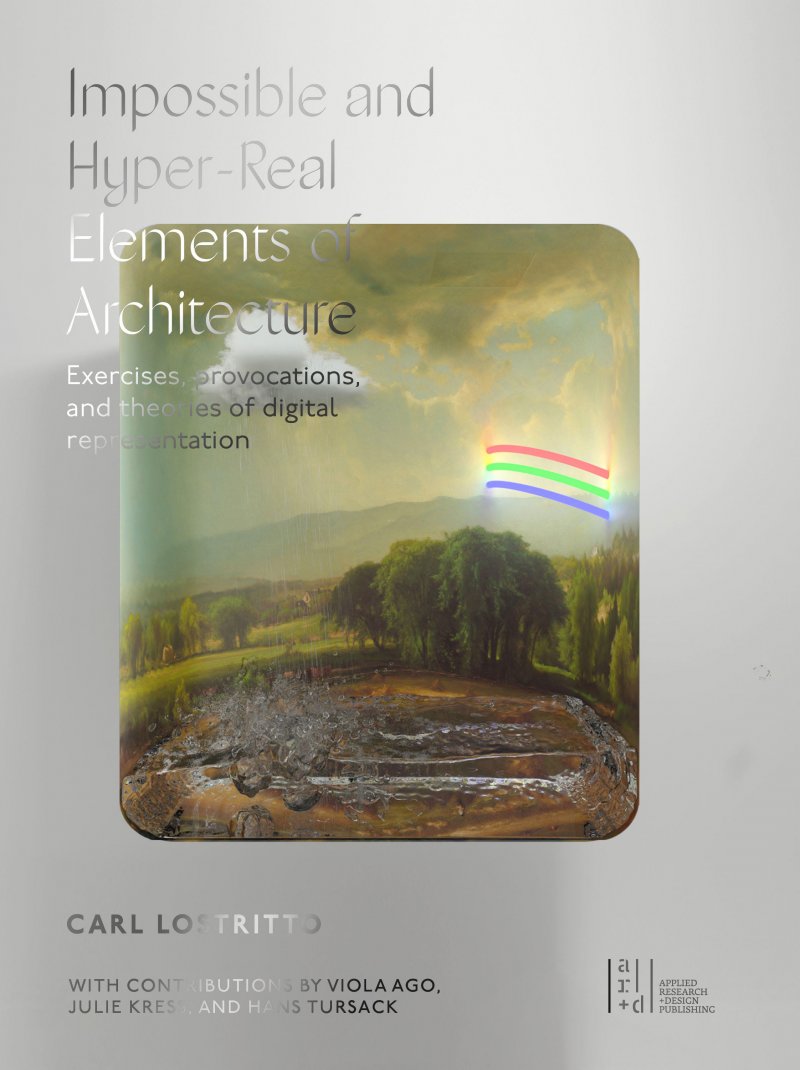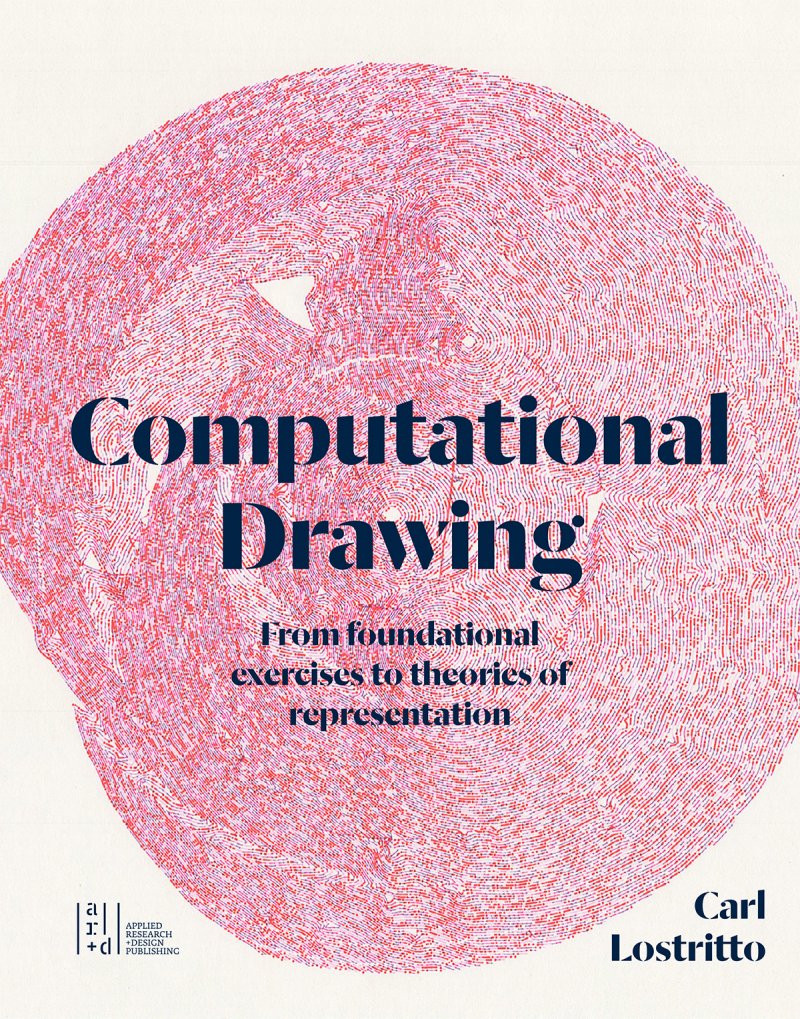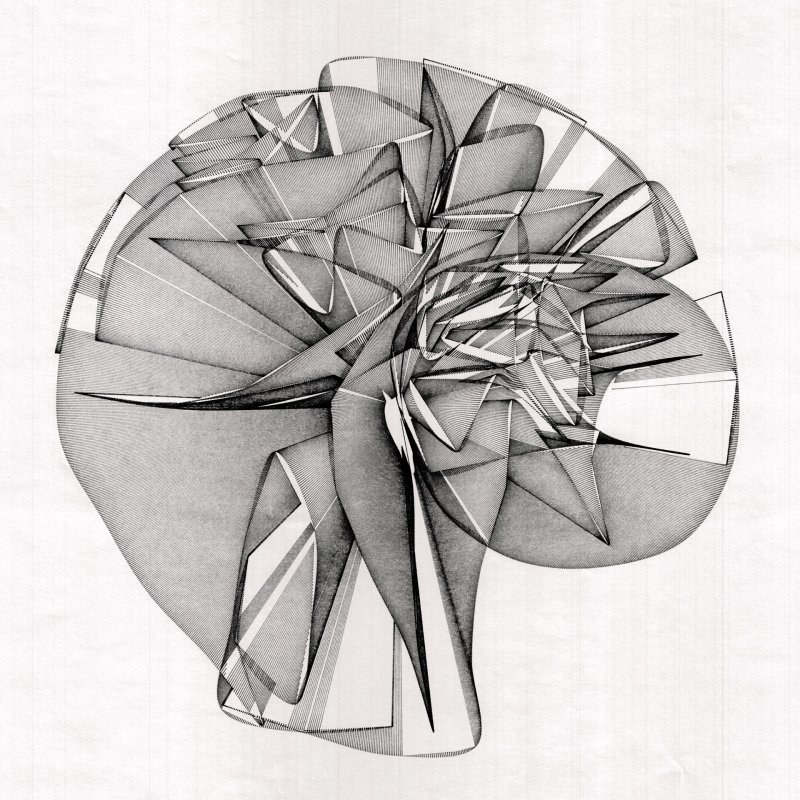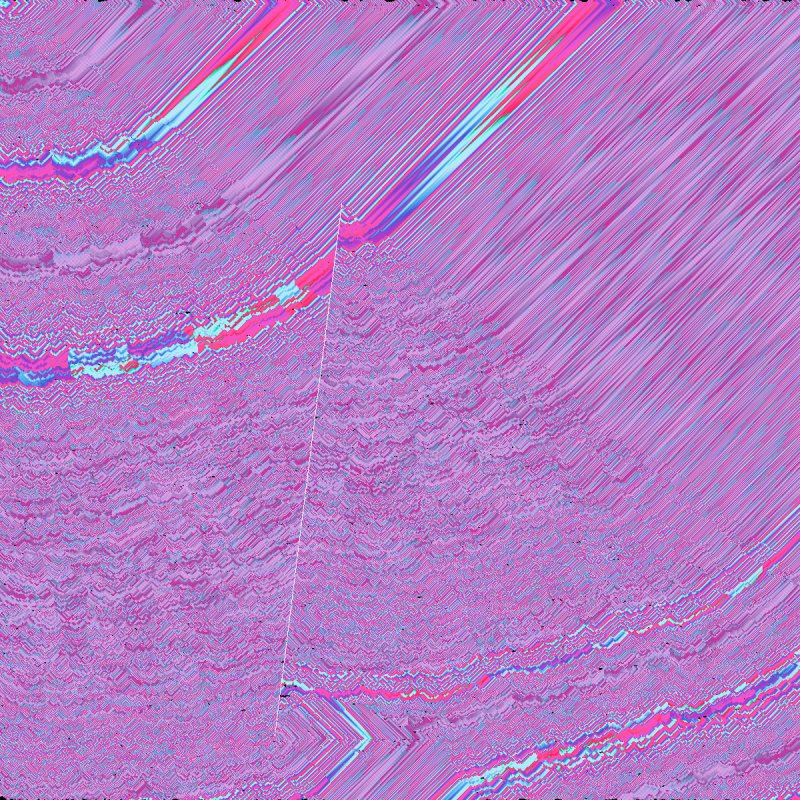Carl Lostritto lives, works and practices in Knoxville, TN. He is Professor and Director of University of Tennessee School of Architecture.
read moreAvailable now for pre-order. This book addresses how and why architects, artists and designers manipulate reality. Front and center in this discourse is the role of rendering. Like drawing, rendering is an interdisciplinary, algorithmic, historically rooted cultural practice as much as it is a digital vocation. Its digitality is itself rich with conflict and contradiction. For example, rendering consumes and produces digital images. Likewise, rendering requires mastery of the digital to subvert digital aesthetics.
read moreThis book explores computation, specifically the craft of writing computer code, as a medium for drawing. Exercises, essays, algorithms, diagrams, and drawings are woven together to offer instruction, insight, and theories that are valuable to practicing architects, artists, and scholars. The aim of this book is to offer a primer for those new to programming plus provocation, context, and discourse for those with experience.
read moreLostritto publishes about drawing, computing and the role of representation in architecture. Representation tends not to garner much enthusiasm by either artists, designers or architects these days. Still, representation, when considered not as traditional or vocational, but as open-ended space for research, can implicate methods of making with theory, history and disciplinary cultures.
read list of publicationsPen-plotters are machines that move a pen arcross paper. Most of them are old, and they impose significant restrictions on the drawing process. However, because they are easily hackable, they are incredibly versitle when controlled by contemporary technology. Custom software links the materiality of the drawing object with the realm of digital computation.
see the drawingsDigital images are not drawings. It's much more accurate—and productive—to think of them as models. However, pixels and pixel-based animations are subject to the same algorithmic impulses as ink on paper. As much as the pixel is different in almost every way from the drawn mark, pixel-based formats support similar opportunities to transform reality, structure ambiguity, and leverage the formal potential of procedural logic.
Lostritto teaches throughout the RISD Architecture curriculum with an emphasis on the overlap of analog and digital media as well as the relationship between representation, building and theory. He also taught pilot versions of the new courses required for the Computation, Technology & Culture undergraduate concentration.
read synopses of recent courses


